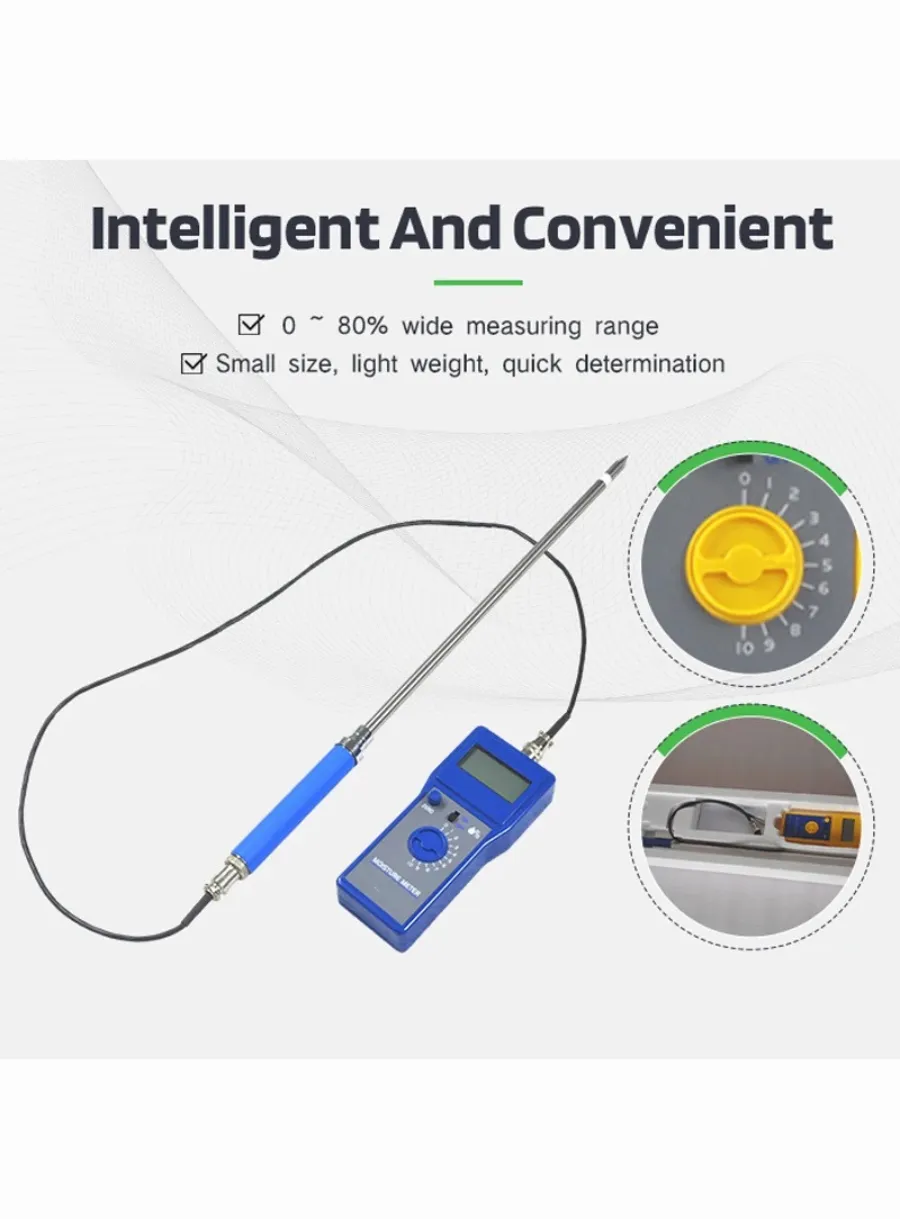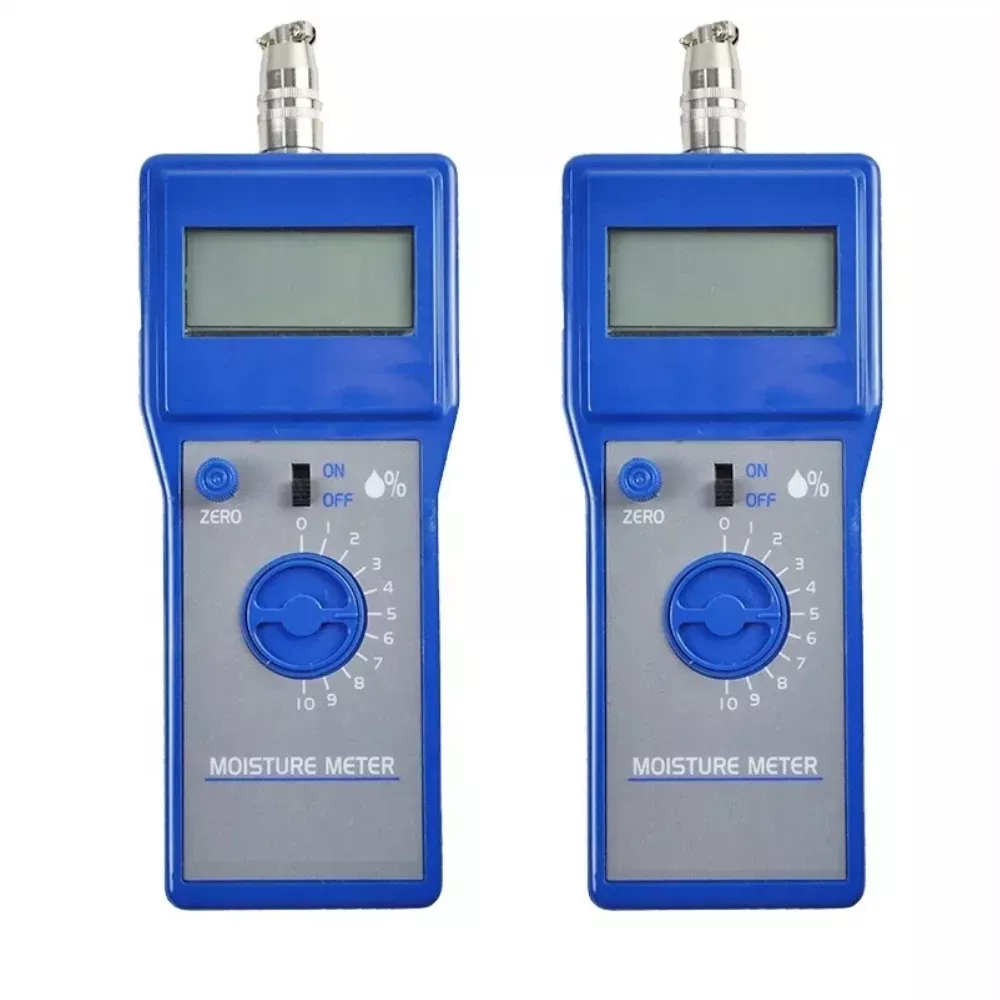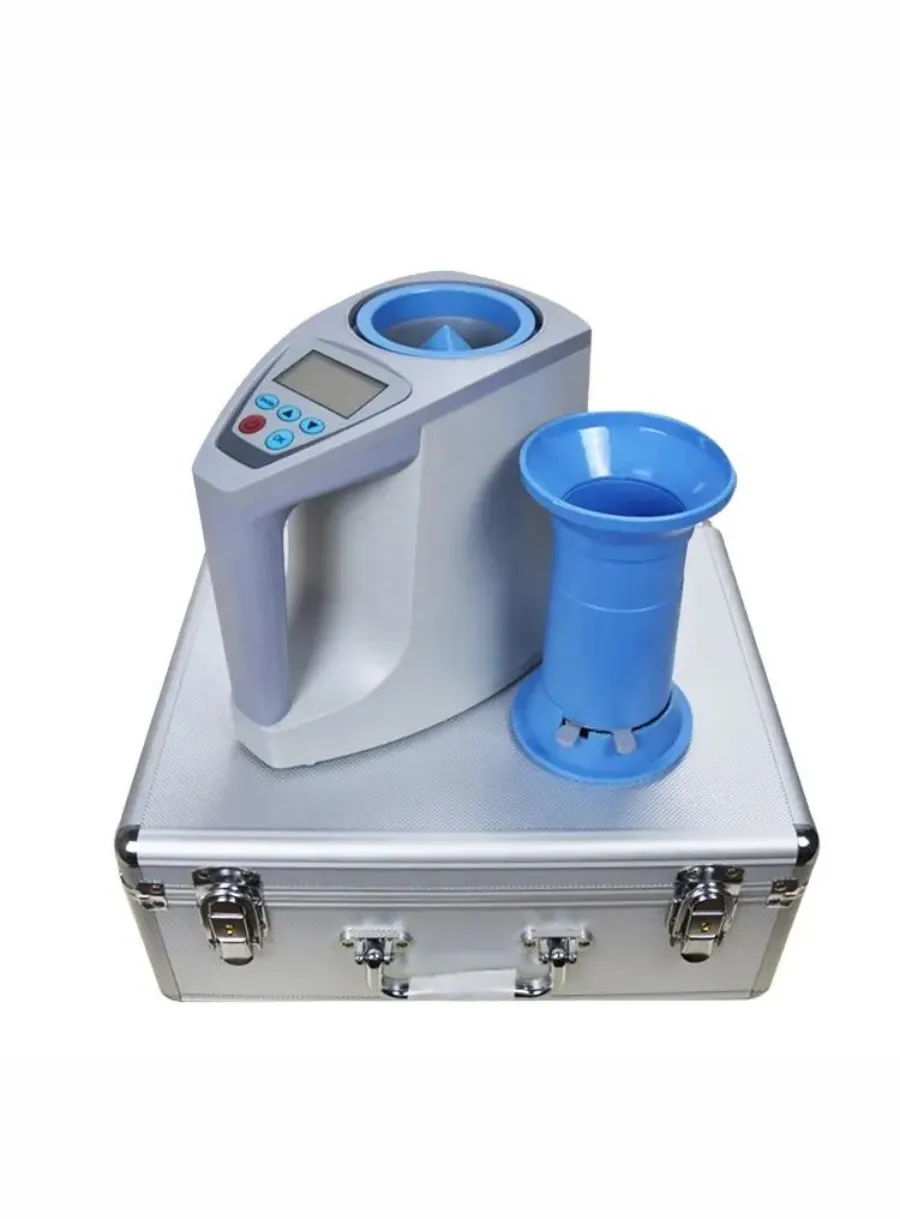
What Is Hay Moisture Meters?
Table of Contents
The Essential Role of Hay Moisture Meters in Agriculture
Hay moisture meters are specialized devices used to measure the moisture content in hay bales, ensuring the quality and safety of stored hay. These instruments are crucial for preventing spoilage, mold growth, and the risk of spontaneous combustion, which can lead to significant financial losses for farmers. Over the years, hay moisture meters have evolved from rudimentary manual methods like the “feel test” to sophisticated electronic devices capable of providing precise moisture readings. This evolution has been driven by the need to safeguard valuable hay crops and improve agricultural efficiency.

Historical Incidents Highlighting the Importance of Moisture Management
Historically, improper moisture management has led to severe consequences, such as the 1977 hay fire in Schenectady, New York, which resulted in nearly $2 million in damages, and a 2009 incident in South Dakota where a farmer lost around 2,000 bales of hay. Such events underscore the critical importance of accurate moisture monitoring.
Modern Technologies in Hay Moisture Measurement
Modern hay moisture meters employ various technologies, including electrical resistance, microwave measurement, and Near Infrared Reflectance Spectroscopy (NIRS), to provide reliable and accurate moisture content data, enabling farmers to make informed decisions about hay baling and storage.
The Impact of Hay Moisture Meters on Livestock Farming
- The use of hay moisture meters is vital for maintaining the nutritional value and longevity of hay, which is essential for livestock feeding. These devices help farmers avoid moisture levels above 20%, which can lead to mold development and potential fire hazards. Advanced models offer features such as digital readings, data storage, and wireless capabilities, making them indispensable tools for commercial farming operations. The development of in-line monitors, which provide continuous moisture measurements during the baling process, has further enhanced the effectiveness of hay moisture management.

Leading Manufacturers and Market Trends
Leading manufacturers like AgraTronix and Delmhorst Instrument Co. dominate the hay moisture meter market, known for their high-quality products and reliable customer support. These companies offer a range of models designed to meet the specific needs of hay producers, from portable probe meters to advanced baler-mounted systems. The adoption of hay moisture meters represents a significant advancement in agricultural technology, enabling farmers to ensure the quality and safety of their hay crops and ultimately contributing to more sustainable and profitable farming practices.
Comments
Tags
Frequently Asked Question
Lorem ipsum dolor sit amet, consectetur adipiscing elit. Ut elit tellus, luctus nec ullamcorper mattis, pulvinar dapibus leo.
A hay moisture meter is used to measure the moisture content in hay bales, helping farmers prevent spoilage, mold growth, and the risk of spontaneous combustion, thereby ensuring the quality and safety of stored hay.
Hay moisture meters have evolved from rudimentary manual methods like the “feel test” to sophisticated electronic devices that use technologies such as electrical resistance, microwave measurement, and Near Infrared Reflectance Spectroscopy (NIRS) for precise moisture readings.
Improper moisture management can lead to severe consequences such as hay fires, significant financial losses, mold development, and reduced nutritional value of the hay for livestock feeding.
Modern hay moisture meters offer features such as digital readings, data storage, wireless capabilities, and in-line monitoring during the baling process. Some advanced models can provide continuous moisture measurements, enhancing the effectiveness of hay moisture management.


